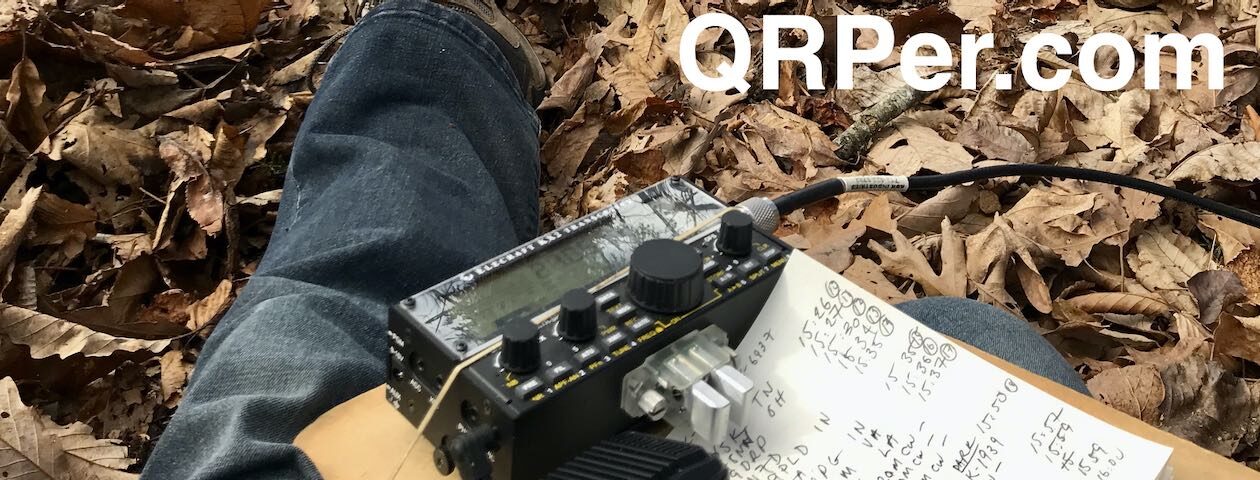 Many thanks to QRPer.com reader, Charles, who recently sent me the following question:
Many thanks to QRPer.com reader, Charles, who recently sent me the following question:
Thomas, I’ve watched a number of your videos and read your activation reports. I’m studying for both my Technician and General class license right now and hope to pass both in one session later this month. I’m also learning CW.
I consider myself an audiophile and appreciate good audio fidelity. I know that amateur radio modes are narrow and by their very nature have less audio fidelity than commercial broadcast modes.
I’ve already obtained a Kenwood TS-590G for the shack. It was practically given to me by a friend. I’m very pleased with its audio fidelity especially when I connect it to an external speaker.
Next year, I plan to buy a dedicated QRP field radio. Out of the radios you’ve owned, what are your favorites in terms of audio fidelity. Also, what are your least favorites?
Thank you.
What a great question, Charles!
Being an audiophile, I’m sure you understand that this is a very subjective area: one person’s idea of good audio might not match that of someone else’s.
I can only speak to how I evaluate a transceiver’s audio.
What makes for good audio?
 A lot goes into what I would call “good audio” in an amateur radio transceiver.
A lot goes into what I would call “good audio” in an amateur radio transceiver.
To me, “good audio” means the radio
- produces clear accurate sound,
- has stable AGC (Auto Gain Control),
- has audio properties that benefit amateur radio modes like CW and SSB,
- has enough audio amplification to be heard in noisy field conditions,
- and has little to no internally-generated noises leaking into the audio amplification chain. (In other words, a low noise floor.)
In contrast, radios with poor audio
- sound noisy/harsh,
- have a high noise floor or produce audio hash making it difficult to hear weak signals,
- have speakers that become distorted at higher volume levels,
- have poor AGC characteristics which lead to pumping,
- and are simply fatiguing to listen to during extended on-air sessions (like long activations or contests).
I would add that a good receiver front end is an important part of audio because it keeps imaging and overloading at bay, thus producing a less cluttered and noisy audio experience.
My field audio favorites
I’ll keep this discussion limited to QRP field portable radios. There are numerous 100 watt desktop radios with excellent audio because those models aren’t trying to limit their current consumption like field radios typically do. They can use more amperage to benefit audio amplification and push a much larger speaker.
In addition, I’ll limit the scope to field radios with built-in speakers. There are some great CW-only radios out there that lack an internal speaker but have great audio (thinking of the Penntek TR-35 and the Elecraft KX1, for example); choice of earphones or headphones can have a dramatic effect on audio. That’s a different discussion altogether!
Best audio: My top three picks
The following are three of my favorite portable field radios in terms of audio quality. I limited myself to three simply because all of the radios I use regularly in the field have what I would consider good and acceptable audio.
The following are simply stand-outs, in my opinion:
Continue reading What are my favorite QRP field radios in terms of audio quality–?






































